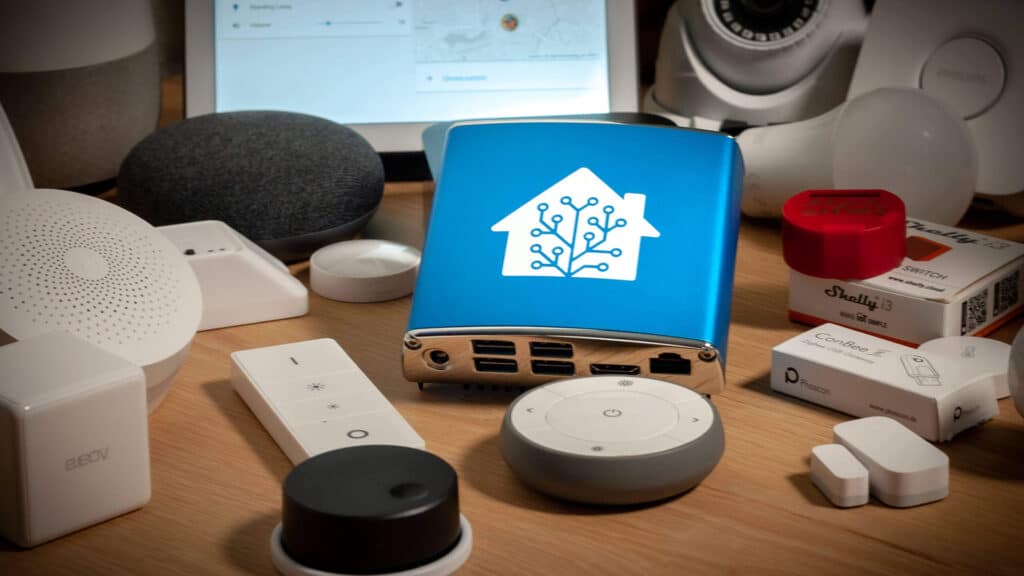
Over the past year, purchasing new electronics has been a challenge. The global semiconductor shortage has caused supply issues for many new components, while older components are being snatched up due to their availability. Unfortunately, this shortage has now reached the Home Assistant Blue board, which relies on the ODROID-N2+.
Contents
Understanding the Impact of the Semiconductor Shortage
Many of us are aware of the challenges involved in buying a current generation AMD Ryzen CPU or Nvidia GeForce 3000 series graphics card. When these products do become available, they are often quickly snatched up by cryptocurrency miners and scalpers, which not only affects genuine customers, but also has a negative impact on the environment. However, it is doubtful that either group is directly responsible for the delays impacting the ODROID-N2+. Instead, it is more probable that the root cause lies in supply chain issues.
Home Assistant Blue is a single-board computer that comes with 128 GB of eMMC storage and a branded case, making it a ready-to-use system for running Home Assistant. Unlike the Raspberry Pi, it doesn't rely on microSD cards for storage, and instead uses a more robust eMMC drive. Additionally, it only consumes 6.2W of power, making it an energy-efficient option.
Extended Waiting Times Expected for Home Assistant Blue
According to reports on Reddit, customers are experiencing a delay of approximately four months between placing an order for the ODROID-N2+ and shipping. The website indicates that a restocking of the product is expected in mid-June, but it is unclear how many will be allocated to Home Assistant. As a result, those purchasing a Home Assistant Blue right now may have to endure an even longer wait.
Although the price of $140 for the Home Assistant Blue may initially seem pricier than that of a Raspberry Pi 4, it's essential to consider that the package includes storage, power supply, and case. If you were to purchase all of these components separately for a Raspberry Pi 4, there wouldn't be much spare change left.

Exploring Alternatives to Home Assistant Blue and ODROID-N2+
The most obvious substitute for the Home Assistant Blue is the Raspberry Pi 4, which is still readily available. If you're concerned about the use of a microSD card, several guides explain how to install Home Assistant OS on an external SSD.
Although the ASUS Tinker Board S and ODROID XU4 are currently available, I do not recommend using either of them to host Home Assistant. Both suffer from the same issue: with only 2 GB of memory, they will not be able to handle the load once you start adding integrations and add-ons. The only positive aspect of these two boards compared to the Raspberry Pi 4 is the potential to use eMMC storage.
Finally, you can opt to forgo single-board computers and invest in an Intel NUC. These devices are considerably pricier than any of the previously mentioned alternatives, but they are also much more powerful. If you plan to self-host not only Home Assistant but other applications as well, it may be worthwhile to skip the entry-level ARM option and opt for an x86 CPU.
With an Intel NUC, you will still be able to run the Home Assistant Operating System on bare metal, as you would when using an Odroid-N2+. Considering that, it is much easier than setting up a server using Proxmox Virtual Environment or Unraid. I would also suggest scouring the second-hand market for older Intel NUC models. As these can't be used for mining, you are unlikely to pick up a dud.
